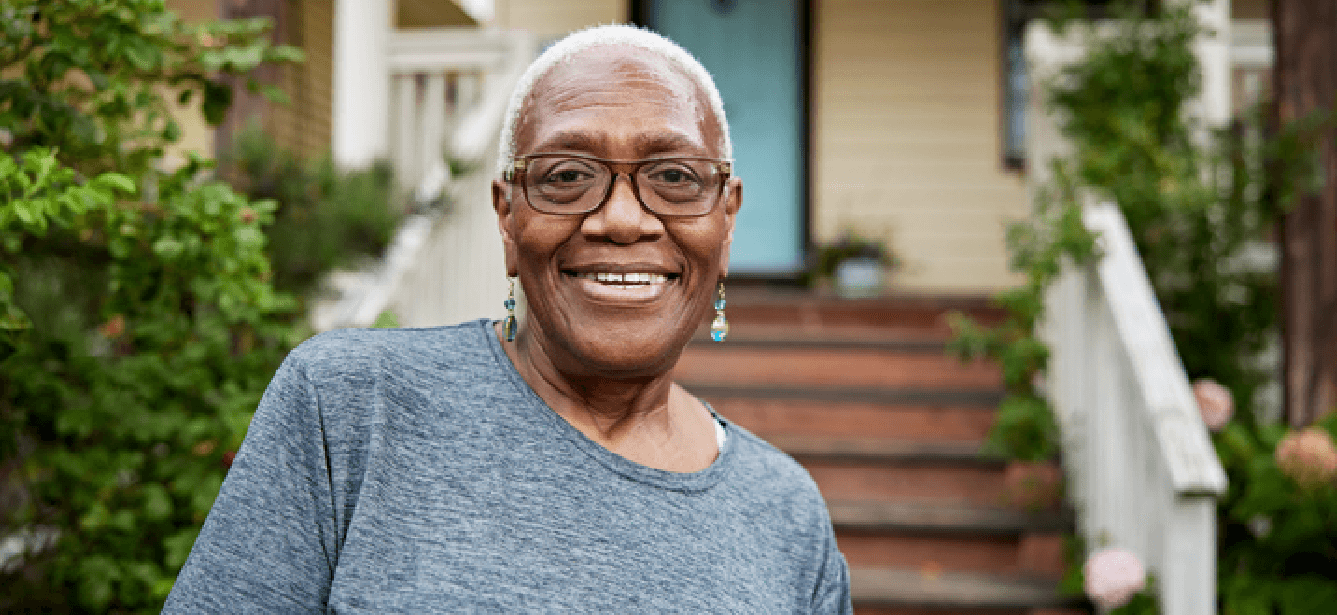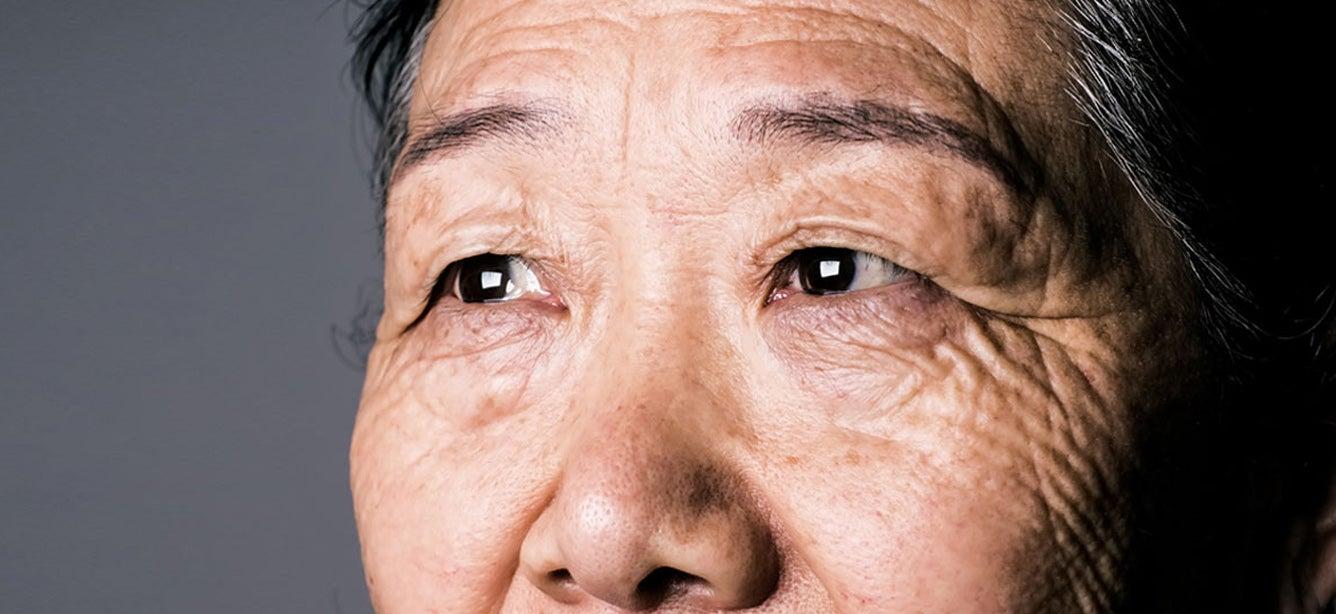
Related Topics
Across the U.S., 7.8 million low-income older adults rely on the Supplemental Nutrition Assistance Program (SNAP) to help them stay healthy and afford the food they need.1 On average, households with adults age 60 and older receive about $188 per month , but for many, that still falls short of covering the rising cost of groceries.2
Here are some more key facts about SNAP and senior hunger.
Too many older adults are going hungry
- Millions of older Americans are at risk for hunger. In 2022, nearly 7 million older Americans were food insecure, and research shows this number could rise to 9 million by 2050.3
- Food insecurity is greater among minority older adults. Black, Hispanic, and Native American older adults have higher rates of food insecurity.3
Too few seniors are enrolled in SNAP
- Over half of all people age 60+ who qualify for SNAP do not participate. Older adult enrollment in SNAP has increased over the past decade—in 2016, only 11.3% of all households receiving SNAP contained an older adult, but this rose to 18.3% in 2022.2 However, the USDA Food and Nutrition Service estimates that just under half of those older adults who are eligible for the program are enrolled.4
- Several factors contribute to the low participation rate. Many seniors face barriers related to mobility, technology, and stigma and are discouraged by widespread myths about how the program works and who can qualify.
Some groups of seniors are more affected
Seniors are more likely to be food insecure if they:
- Live in the South: In 2022, nine out of 10 of the states with the highest rates of senior food insecurity were in the South, with Louisiana having the highest rate (14%).5
- Reside with grandchildren. Multigenerational households are twice as likely to experience food insecurity, and older adults living with grandchildren are more likely to prioritize the children’s nutritional well-being before their own.5
- Have a disability: Older adults with disabilities are twice as likely to be food insecure as their non-disabled peers.5
SNAP is a good investment
- SNAP improves health outcomes. Food insecure seniors are worse off for a wide array of health outcomes.6 They have lower nutrient intakes and are more likely to suffer from diabetes, depression, limitations in activities of daily living (ADLs), high blood pressure, congestive heart failure, heart attacks, gum disease, and asthma.
- SNAP stimulates the economy. The USDA Economic Research Service has estimated that $1 billion in SNAP benefits would generate an additional $32 million the U.S. agricultural industry.7
NCOA's role
NCOA provides several resources that help eligible individuals find and apply for benefits that pay for food.
Senior SNAP Enrollment Initiative
With generous support from the Walmart Foundation, NCOA has awarded over $2 million in grant funding to community-based organizations to assist older adults (i.e., age 60 and over) in applying for and enrolling in SNAP. NCOA supports their and other organizations’ efforts through outreach and enrollment tools.
NCOA’s network of 90 BECs connect older adults to a range of federal, state, and local benefits programs, including SNAP.
BenefitsCheckUp®
BenefitsCheckUp offers easy access to benefits programs and resources that empower older adults, people with disabilities, and caregivers to apply for benefits and get help. It includes nearly 2,000 public and private benefits programs from all 50 states and the District of Columbia. BenefitsCheckUp connects millions of people with benefits programs that can help pay for health care, medicine, food, utilities, and more.
Sources
1. USDA. Supplemental Nutrition Assistance Program (SNAP) - Key Statistics and Research. July 24, 2025. Found on the internet at https://www.ers.usda.gov/topics/food-nutrition-assistance/supplemental-nutrition-assistance-program-snap/key-statistics-and-research
2. USDA. Characteristics of Supplemental Nutrition Assistance Program Households: Fiscal Year 2023. April 2025. Found on the internet at https://fns-prod.azureedge.us/sites/default/files/resource-files/snap-FY23-Characteristics-Report.pdf
3. Feeding America. Facts about senior hunger. Found on the internet at https://www.feedingamerica.org/hunger-in-america/senior-hunger-facts
4. USDA. Food and Nutrition Service. Trends in Supplemental Nutrition Assistance Program Participation Rates: Fiscal Year 2016 to Fiscal Year 2020. December 2022. Found on the internet at https://fns-prod.azureedge.us/sites/default/files/resource-files/snap-trends-fy2016-2020.pdf
5. Feeding America. Senior hunger research. Found on the internet at https://www.feedingamerica.org/research/senior-hunger-research
6. Steven Carlson and Brynne Keith-Jennings. SNAP is Linked with Improved Nutritional Outcomes and Lower Health Care Costs. Center for Budget and Policy Priorities. Jan. 17, 2018. Found on the internet at https://www.cbpp.org/research/food-assistance/snap-is-linked-with-improved-nutritional-outcomes-and-lower-health-care
7. USDA. Economic Research Service. Quantifying the Impact of SNAP Benefits on the U.S. Economy and Jobs. July 18, 2019. Found on the internet at https://www.ers.usda.gov/amber-waves/2019/july/quantifying-the-impact-of-snap-benefits-on-the-u-s-economy-and-jobs/



